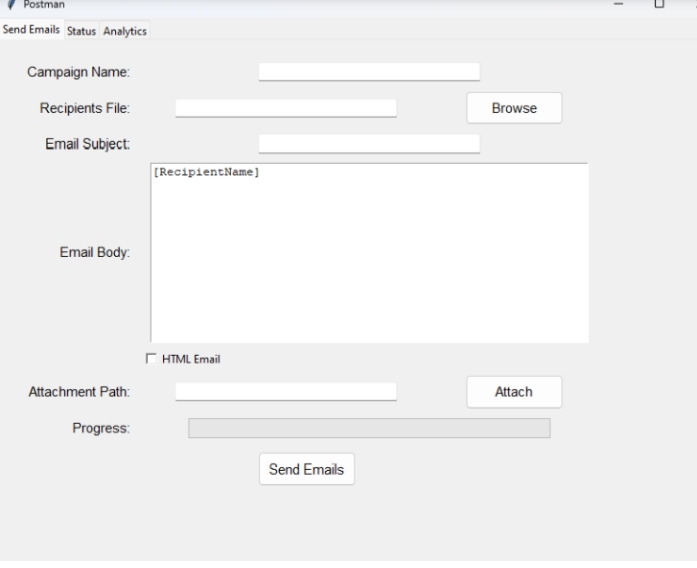Back
Vansh Khandelwal
Full Stack Web Devel... • 12m
Integration testing ensures that individual software modules work together as expected. It detects interface defects and interaction issues between modules. The goal is to validate the proper flow of data and functionality across integrated components before moving to system testing. There are several types of integration testing: - 𝐁𝐢𝐠 𝐁𝐚𝐧𝐠: All modules are tested together. - 𝐈𝐧𝐜𝐫𝐞𝐦𝐞𝐧𝐭𝐚𝐥: Modules are integrated and tested one by one (top-down, bottom-up). - 𝐇𝐲𝐛𝐫𝐢𝐝: Combines both approaches. - 𝐒𝐭𝐮𝐛𝐬/𝐃𝐫𝐢𝐯𝐞𝐫𝐬: Used when dependent modules aren't available. Key benefits include early bug detection, smooth communication between modules, and better data flow validation. Best practices involve testing with real dependencies, using separate test databases, automating tests, and writing granular cases focusing on component interactions.
Replies (2)
More like this
Recommendations from Medial
Himanshu Mishra
Geek To Seek • 10m
Hello Medial, Dear folks, I recently developed an email sender tool integrated with Gmail that can send up to 500 emails in just one hour. With multiple Gmail accounts, it has the capability to send over 10,000 emails in a single day. It also allows
See More
Vansh Khandelwal
Full Stack Web Devel... • 2m
Automated code quality assurance should be integrated at the architectural level to reduce defects, boost productivity and collaboration—over 50% of software project failures are linked to poor code quality. Design choices like microservices and even
See MoreKetan Sojitra SMEDOST
•
Gujarathi Empire Group • 7m
Building a Web Application sound exciting until you face These Unexpected Challenges: Create a web application is more than just writing code. Here are some often over looked issues and terms run into, broken down key areas: 1) UI and UX Design Trans
See MoreDownload the medial app to read full posts, comements and news.
































